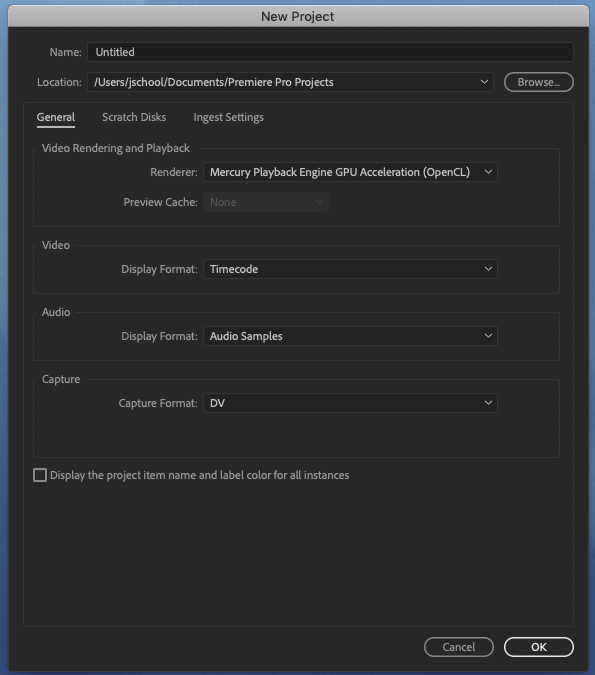
This is very common in action sequences, where poor sound mixing can create a cacophony of sound and motion. Some transitions can be so jarring visually that they need sound to accompany the leap. While cross dissolves can be effective, experiment with fading to black or white as well, to see what works best for your shot. In Premiere Pro, there are many dissolve options in the Effects workspace, and you can drop them onto a clip and adjust them in the Effect Controls panel. This is also an example of a match cut, where similar things or single colors are matched through a transition.

The dissolve and camera movement blend together the two moments so they feel conceptually linked, in spite of the audience jumping through time and space. In one of these, a character leaves through swinging doors and the audience is brought slowly into the next scene, hovering over a printing press. Some of the most iconic cross dissolves are in Citizen Kane. Dissolves can add some classic Hollywood flair, depending on how they are used.Ī cross dissolve is when one shot is blended into the next. It’s often used to signal to the audience that they are entering a new scene and that time has passed. The dissolve is another common transition that either fades a shot into black or white or blends two scenes together. To create a jump cut transition, remove a section of one continuous shot, so the audience has the feeling of lurching forward through time.
#Adobe premiere transition cross zoom white frame pro
The Cut tool in Adobe Premiere Pro is the simplest way to cut and join clips for compelling straight cuts.Ī more advanced version of the straight cut is the jump cut. The straight cut forms the connective tissue between action and reaction.

“Most of the emotion in a scene is often concentrated in reaction rather than action, particularly in comedy,” says cinematographer Steven Bernstein. Straight cuts can create jarring connections between moments in a scene, build the foundations of a montage, or provide a connective thread to maintain the 180-degree rule. While there are examples of straight cuts in just about every film ever made, don’t be fooled into thinking that this is a generic piece of editing. Straight cuts are the foundation of continuity editing, which is the process of maintaining a film’s cohesiveness throughout its runtime. It’s simply a transition from one shot to another, with no effects. The straight cut - also known as the hard cut, standard cut, or A to B cut - is one of the most basic transitions to get to the next shot in the same scene.

Learning about straight cuts, jump cuts, dissolves, and more will help you get a sense of where you can go with transitions. Great film editing begins with getting to know the available options when it comes to adding transitions. The effectiveness of transitions in your films comes down to how well you can fit different shots together, and that often depends on the pre-production and shooting process. They can also be conveyed with music or sound effects. Transitions don’t necessarily have to be visual. Practically, transitions are how film editors move a scene from one video clip to another. There are several common forms - the wipe, the dissolve, the split-cut, and many more. They structure the film from first shot to last. Conceptually, transitions convey a passage of time, character movement, pauses, storylines, and silence.

When you jump from scene to scene in a film, or even between cuts, the way you transition can make or break a scene.


 0 kommentar(er)
0 kommentar(er)
